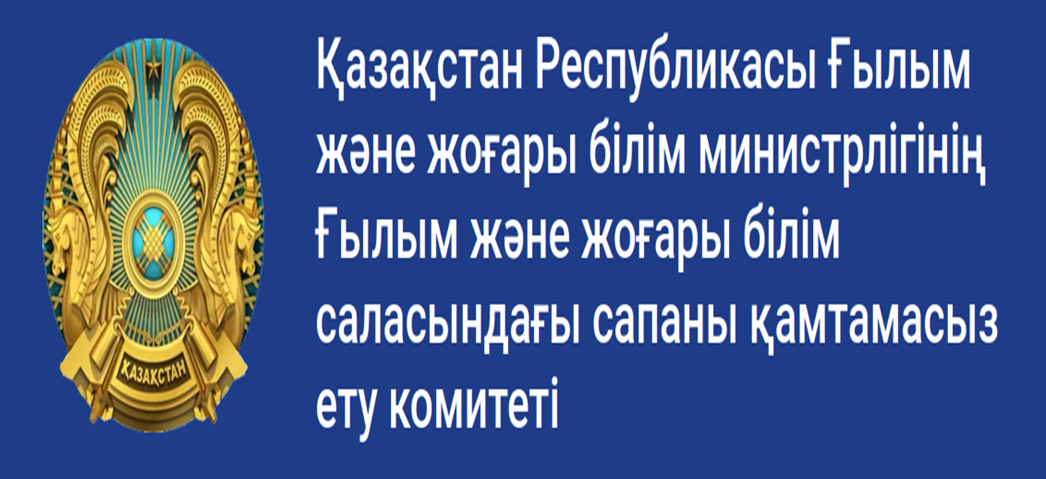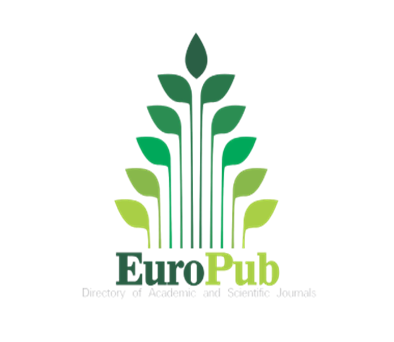Features of the origin of phytonyms in the Bashkir language and its dialects
Views: 202 / PDF downloads: 388
DOI:
https://doi.org/10.32523/2664-5157-2022-1-109-117Keywords:
Bashkir language, dialects, phytonyms, thematic classification, etymology, lexico-semantic and word-formation analysis, comparative analysisAbstract
The article describes phytonyms in the modern Bashkir language and its dialects. Based on the
material of the botanical Turkic dictionaries of phytonyms, Bashkir bilingual dictionaries, dialectological
dictionaries and the ancient Turkic dictionary, phytonyms are classified into thematic groups: herbs,
including medicinal ones, trees and their anatomy, shrubs, berries and flowers.
The author identifies the origin of phytonyms, noting that the etymology of Bashkir phytonyms is
explained by different reasons. The name of the trees depends on their functional significance, age and
myth-making and spiritual beliefs of the Turkic peoples. The name of the flowers is related to the color
scheme, places of growth, natural features and etc.
Important in the article is the lexical-semantic and word-formation analysis of phytonyms, the continuity
of their semantic connection with the Old Turkic and other Turkic languages. In the context of this, the
author carries out a comparative analysis of phytonyms in the Bashkir, Tatar, Kazakh, Turkish, Uzbek and
other languages, revealing their common Turkic communities and origins. In word-formation analysis,
attention is paid to the meanings of formants and new derivatives of phytonyms. The variety of phytonyms
in Bashkir dialects is especially noted.
It should be noted that a rich vocabulary associated with phytonyms has been preserved in the Bashkir
language and its dialects. The bulk of the Bashkir phytonyms has a general Turkic feature, which confirms,
firstly, their old Turkic origin and connection with the ancient Turkic culture; secondly, it verifies the
originality of plant names. The old origin and originality of the names of trees, bushes, berry and flowering
plants indicate the richness of the vocabulary of the Bashkir language, many of which appeared as a result
of lexical and semantic comprehension of the surrounding nature.


























